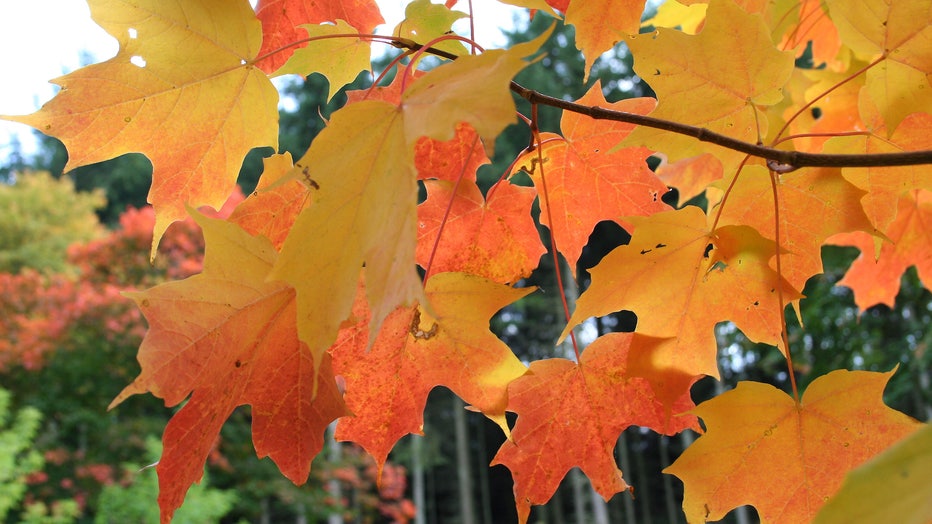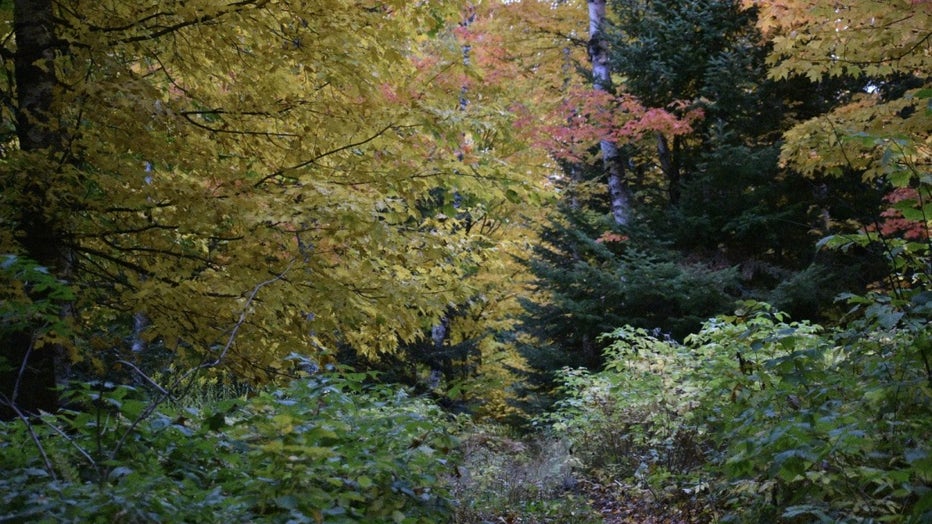What gives the sugar maple its brilliant fall color?
The sugar maple is the official state tree of Wisconsin and in fall it's easy to see why. Its brilliant colors pop this time of year, giving us all kinds of color from yellow to red, but why does it do that?

Sugar Maple (Acer saccharum) which is the Wisconsin state tree
The green color we're used to seeing from spring to early fall in leaves is due to a pigment called Chlorophyll. This is the dominant pigment in leaves and is a result of chloroplasts hard at work converting the sun's energy into oxygen within the leaf. As the length of sunlight each day declines in fall this is an evolutionary switch for the plant to begin storing energy instead of creating it. Energy is no longer supplied to the chloroplasts and the green color from chlorophyll begins to fade. This is where fall colors start to shine.
Other pigments in the leaf take longer to break down, and especially in the sugar maple, are allowed to be present until the leaf degrades on the ground. One of the most brilliant fall colors of red is a result of Anthocyanin in the leaf. This pigment usually acts as a sunblock for the leaf that absorbs harmful UV light from the sun but as the green disappears this color is able to take over.
Another typical sugar maple color is orange, this is a result of Carotenoids, the same pigment that gives carrots and pumpkins their orange color. The balance of Anthocyanin and Carotenoids is what makes the sugar maples such a beautiful sight in fall.

Pigments responsible for the Sugar Maple's fall color
If the leaf only has Chlorophyll pigments then as the green disappears you get a yellow color. Quaking Aspen and birch are good examples of trees that give you a brilliant yellow color because of the lack of other pigments they have. A variety of tree species in one area mixed in with evergreen species is what gives Wisconsin it's famous fall colors.

Photo taken in Phelps, Wisconsin
One theory to why trees have evolved to shine so brightly in fall is a way to ward of insects. Healthy trees produce the most brilliant color, this might be a way to ward off insects looking to burrow into parts of the tree to survive winter. A tree full of rot and fungus is easier to dig into.
In fall the sick or dying tree will have less vivid color and could be nature's way of attracting bugs away from healthy sections of the forest.
If you're interested to learn more about ways trees communicate and more theories on their adaptations, check out the book The Hidden Life of Trees by Peter Wohlleben.

